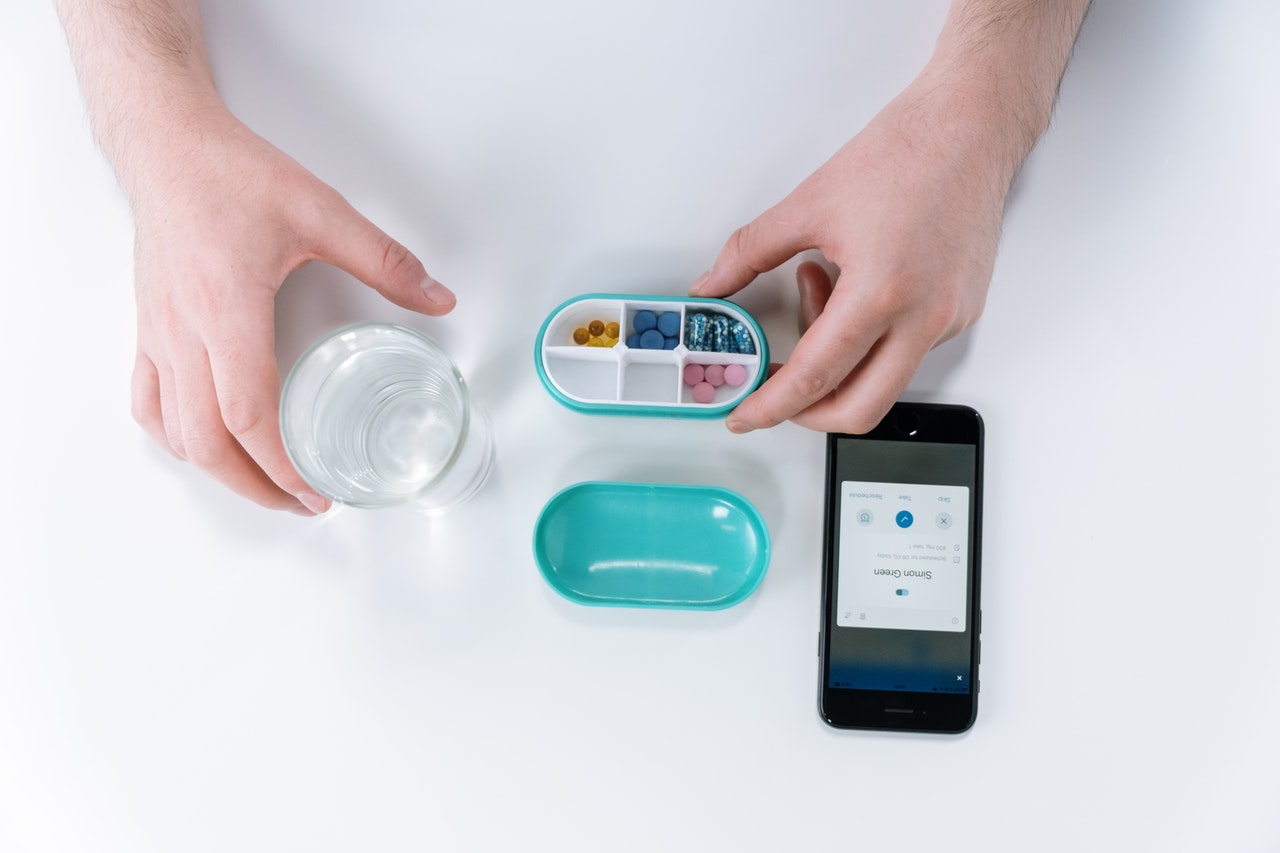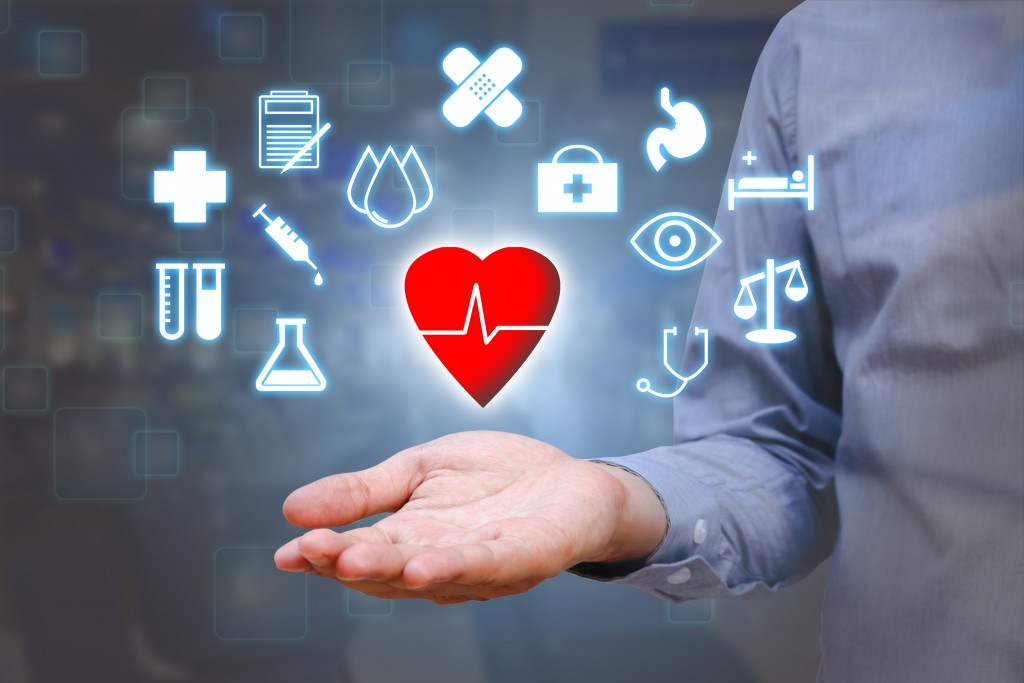Disclaimer: This website provides health information for educational purposes only and is not a substitute for professional medical advice, diagnosis, or treatment. Always seek the guidance of a qualified healthcare provider with any questions you may have.
Certain things are vital for human beings to have a good quality of life. One of them is having a home to live in, a roof over their heads. Thus, one of the first things every person should do is secure a property. If you have enough money, you could buy one outright. If not, you could look into getting a mortgage. For those with higher incomes and better credit scores, a third option to consider is a jumbo or large scale loan, borrowing more money than usual to get the house of your dreams.
Aside from owning a property, another essential is health, yours, and that of your family and loved ones. Without health, there are a few things we can do. We cannot work properly, educate our children, and live long, fulfilling, and fruitful lives.
Yet, as individuals, we cannot control everything that relates to our health. Sure, we can eat properly, get enough sleep, and do regular exercise. But accidents happen, and people get sick.
Fortunately, we have treatments, doctors, and hospitals. We also have medical technology in constant development, providing us the tools we need for those instances that are out of our hands. It includes real-time diagnostics, nutrition and health apps, and 3D printing and limb replacement.
Real-time Diagnostics
Currently, the results of a COVID-19 test take around a week to come back. Hospitals with access to more advanced technology can do this in three days. But what if the results were instant? Better yet, what if you didn’t have to go anywhere to take the test but rather stay in the comfort of your own home? What if you didn’t have to wait for symptoms to appear but instead take the test at your convenience, every day if you so desired? Best of all, what if it were free?
Enter real-time diagnostics, a faster, cheaper, more efficient way to test for covid-19 or any other ailment your body might have. Examples of the past are pregnancy tests and blood-glucose monitors. Today, you can measure sleeping patterns, gut health, your heart’s condition, and DNA.
Soon, real-time diagnostics will allow you to know whether you have cancer, a degenerative bone-marrow disease, and even brain-related illnesses like dementia and Alzheimer’s. The benefit is a sooner detection of diseases and thus a higher possibility for recovery.
Nutrition and Health Apps
If you want to be healthy, you should eat well. You should include all food elements into your diet. You shouldn’t refrain from eating protein, carbohydrates, fruits and vegetables, and healthy fats.
For some, this is common sense. Even so, there are still plenty of people who don’t have the necessary knowledge and information on the nutritional choices they should make. A solution is high-tech, customizable nutrition apps. Along with a giant database of foods and their nutritional content, these apps provide in-depth detail on what users should eat, when they should it, how it affects their bodies, and why.
Also, they create personalized eating plans and health and fitness routines while tracking calorie consumption and burning.

3D Printing and Limb Replacement
According to the Health Resources and Services Administration, 17 people die each day waiting for an organ transplant. Only three out of 1000 people die in a way that permits an organ transplant to be done. It means that in the United States alone, more than 6,000 people die every year.
What these numbers suggest is that there is an enormous need for organ donors, one that is not being met. But why wait? Why does somebody have to die so that another person can live? Who has the right to make this choice?
These are tough questions with few answers. Hence, the importance of 3D printing and limb replacement technology. Instead of waiting in suffering, praying for miracles that often don’t happen, what if we could trust a machine to help us out?
At present, 3D printers can recreate complex organs like blood vessels and full-sized human hearts. They are still not available for commercial use. However, it is the first of many steps to help those most in need, to provide them with a new chance at life.
Real-time diagnostics, nutrition apps, and 3D printing are three of the most ingenious, innovative technology trends in the medical industry. Others are predictive analytics, visual and augmented reality in healthcare, telehealth, electronic medical records, and AI.
The earth has seen the devastating effects of covid-19. There are other health-related issues such as air and water pollution, overpopulation, depletion of natural resources, and lifestyle diseases.
In a world full of challenges, technological advancement in medicine holds the key to our survival. It is the only guarantee for a better life.




